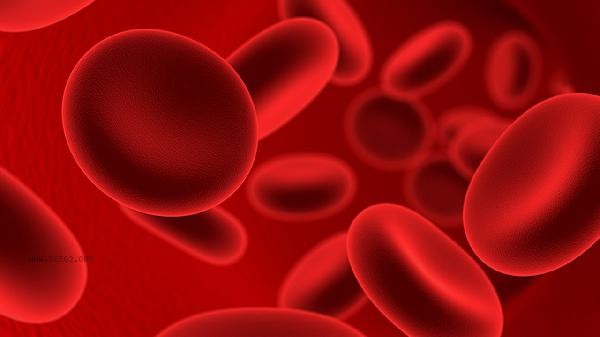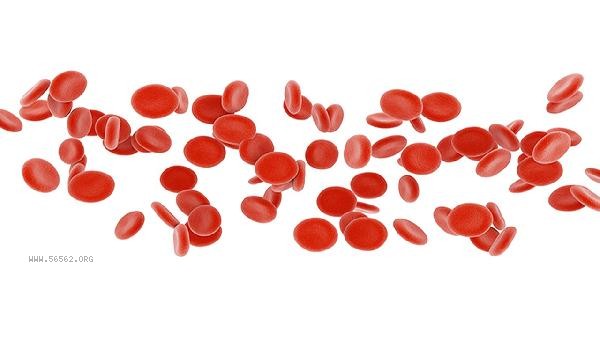The normal value of erythrocyte sedimentation rate (ESR) is generally 0-15 millimeters/hour for males and 0-20 millimeters/hour for females. The actual value may be affected by factors such as age, physiological status, and testing methods.

1. Gender difference:
The normal range of erythrocyte sedimentation rate in males is usually lower than that in females, which is related to the difference in hormone levels between males and females. Estrogen may promote plasma fibrinogen synthesis, leading to accelerated red blood cell aggregation. The ESR of pregnant women can increase to 40 millimeters per hour, which is still a physiological change.
2. Age factor:
The upper limit of the normal ESR value for elderly people can be appropriately relaxed, with males over 60 years old not exceeding 20 millimeters per hour and females not exceeding 30 millimeters per hour. This is related to the natural increase in plasma fibrinogen levels in elderly people, but pathological factors need to be ruled out.
3. Detection method:

Weishi method is a commonly used detection method in China, which requires the use of 109mmol/L sodium citrate anticoagulant and room temperature control at 18-25 ℃. The results of automated instrument testing may have a 5-10% deviation from traditional methods, and the laboratory should indicate the reference interval.
4. Physiological fluctuations:
ESR may fluctuate by 2-8 millimeters per hour during the menstrual cycle, with higher values during ovulation and premenstrual periods. Within 2 hours after intense exercise, the test may temporarily increase by 10-15 millimeters/hour. It is recommended to rest for 30 minutes before blood collection.
5. Pathological interference: For every 10g/L decrease in hemoglobin in anemic patients, ESR can increase by about 5 millimeters per hour. Metabolic abnormalities such as hypercholesterolemia and hyperglobulinemia can also lead to non-specific elevation of ESR, which needs to be comprehensively judged in conjunction with other indicators. Regular monitoring of erythrocyte sedimentation rate can help detect potential inflammation or infection, and it is recommended to check it during annual physical examinations. High fat diet and vigorous exercise should be avoided 24 hours before testing, and a relaxed posture should be maintained during blood collection. If the results are abnormal, auxiliary tests such as C-reactive protein and serum protein electrophoresis can be rechecked and improved. Pay attention to daily observation for accompanying symptoms such as joint swelling and pain, persistent low-grade fever, etc. Maintaining a regular schedule and balanced nutrition can help maintain normal indicators.









Comments (0)
Leave a Comment
No comments yet
Be the first to share your thoughts!